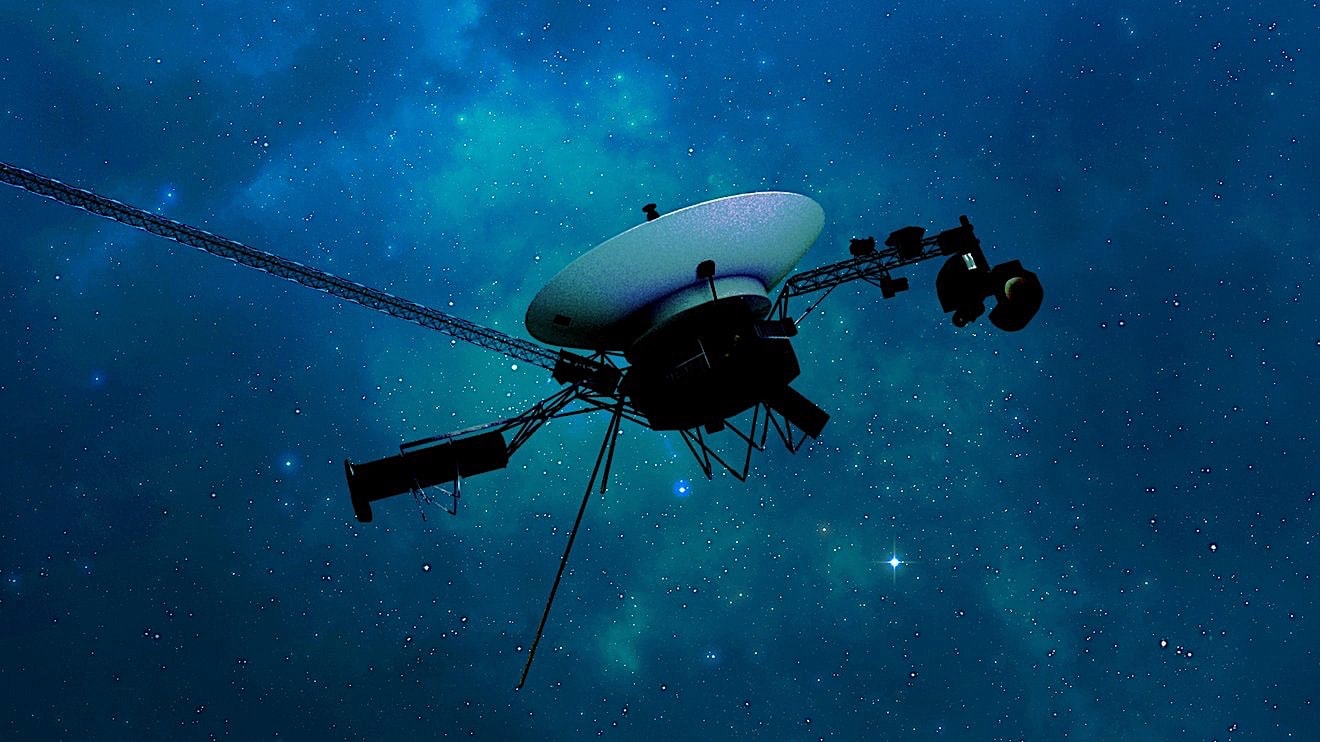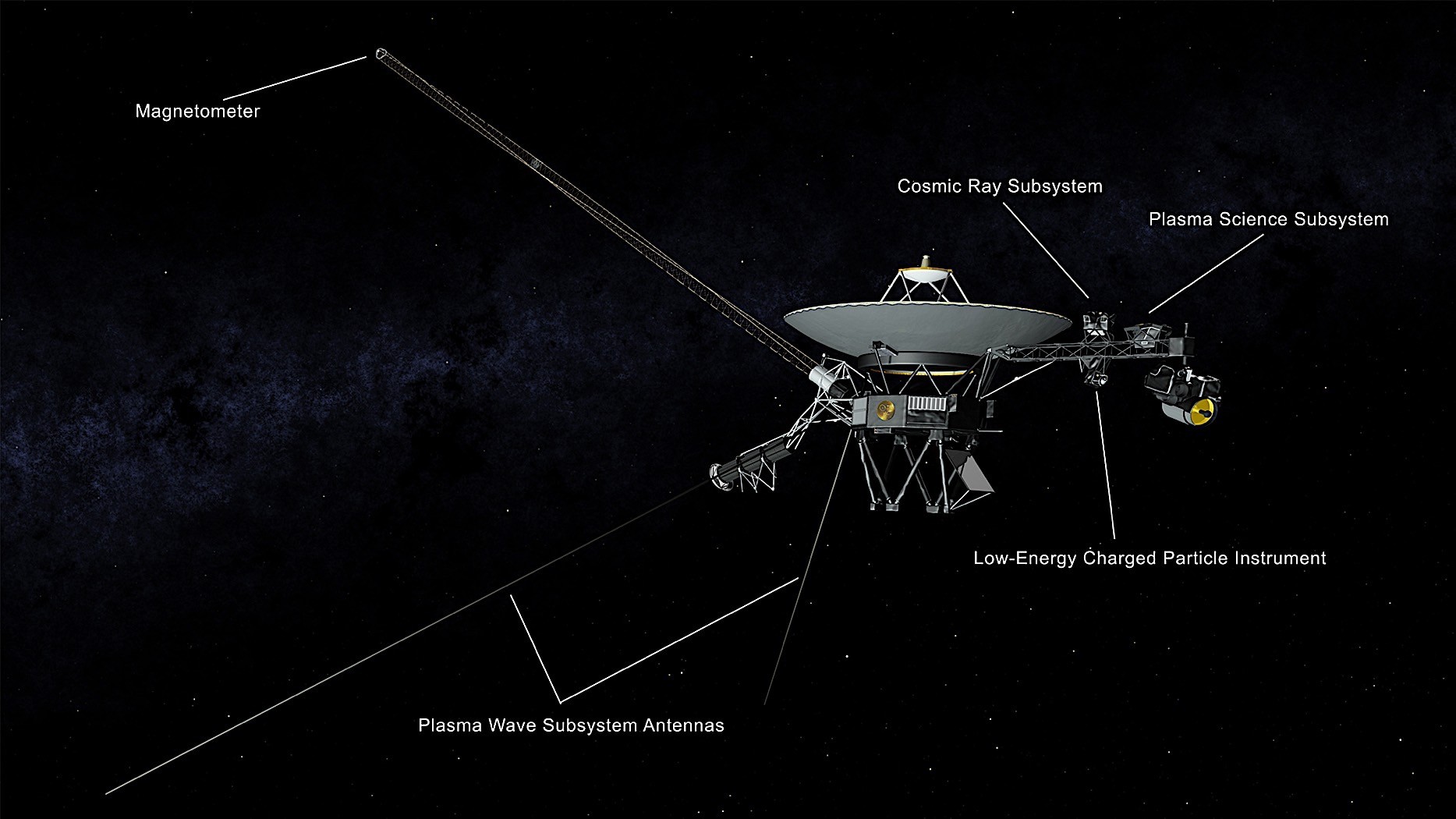Pioneering a path beyond our solar system, the Voyager 1 and 2 spacecraft have achieved longevity far exceeding their original mission.
Launched in the late 1970s, these twin probes were designed for a five-year exploration of Jupiter and Saturn.
However, their remarkable resilience propelled them on extended journeys, taking them past Uranus and Neptune’s uncharted territory at the time.
Their voyages eventually led them to the heliosphere, the frontier where the Sun’s influence wanes and interstellar space begins.

In a testament to the enduring ingenuity of space exploration, NASA engineers have successfully revived the flow of scientific data from Voyager 1, the farthest human-made object in existence.
After a malfunction in its flight data system (FDS) last November crippled communication, the spacecraft fell silent for months. The culprit: a faulty chip within the FDS, which packages data for transmission back to Earth.
Undeterred, NASA’s team spent months reprogramming the system to utilize alternative memory locations. This intricate fix restored engineering data transmission in April, followed by the return of valuable scientific data in May.
While some minor adjustments, like resynchronizing timekeeping software, remain, all Voyager 1’s instruments are now operational, beaming back crucial information about the enigmatic interstellar space. This restoration ensures Voyager 1’s continued legacy as a pioneering ambassador for humanity in the vast cosmic ocean.

